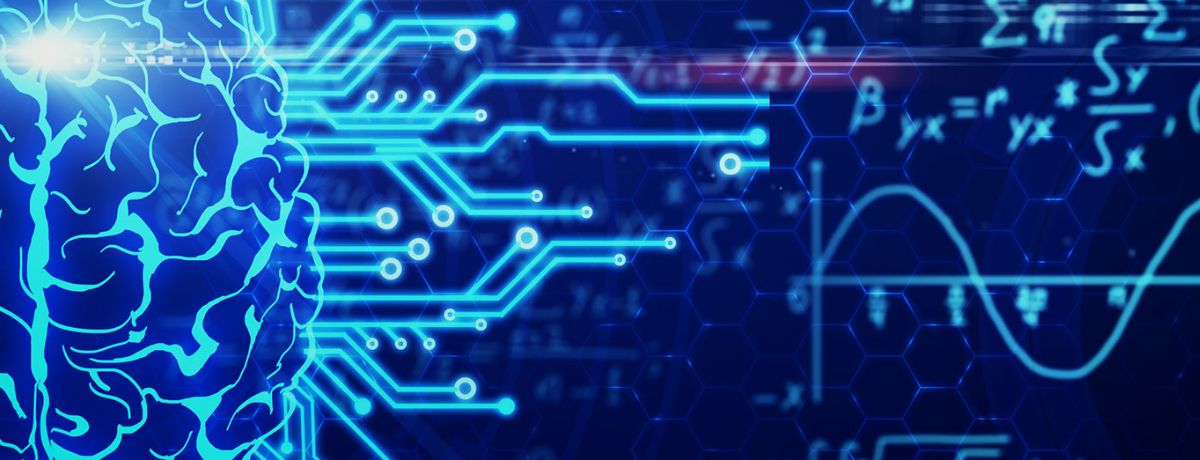
AI + Mathematics + Modeling + Humans
Of course, we at COMAP see mathematical models most everywhere, and so some of the latest developments in the intersection of AI, mathematics, and modeling are not surprising.
Even so, some of the ways in which these three disciplines are interacting are fascinating. Increasingly, we expect to see collaborations between humans and various forms of AI behind the more successful research and problem-solving efforts in most if not all fields. At the heart of these collaborations will be models of many different types.
One example focuses on the use of mathematical models of the situations or contexts in which an AI’s strengths are sought. If the context of interest is understanding more effective air traffic control practices, in addition to feeding a machine learning algorithm the data from actual air traffic data, a good mathematical model of air traffic data could be used to generate much larger quantities of simulated data. For a similar approach focused on understanding the scattering of light follow this link.
By means of mathematical models, we can simulate a phenomenon we wish to teach to an AI application. — Ilkka Pölönen
More general work along these lines has already been well defined and put into practice. The Digital Twin Consortium offers many useful definitions and resources, including open-source projects and free webinars.
A digital twin is a virtual representation [model] of real-world entities and processes, synchronized at a specified frequency and fidelity. — Sean Olcott & Casey Mullen
Mathematics and AI are intersecting in other ways as well. As Large Language Models, such as ChatGPT, became more widespread and well known, many people pointed out the rather silly mistakes such AI systems can make with very simple mathematics. That’s changing and in ways that are fascinating both in their power and their limitations.
This article on Nature and this article in Quanta Magazine summarize some of the potential and hurdles we face. In these cases, what becomes perhaps hardest and most interesting to think about is how to model or even describe the nature of the representations the AI systems themselves might have – if such representations even exist – of the mathematical concepts about which they “reason”.
Machine-learning tools already help mathematicians to formulate new theories and solve tough problems. But they’re set to shake up the field even more. — Davide Castelvecchi
Mathematics unites creativity and logical consistency in a way that has fascinated humans for millennia. Now, in just the upcoming decades, the possibilities for a blossoming of human and AI assisted mathematical activity are very tantalizing. Happy reading and pondering!
AI researchers have even broader goals in mind. They view mathematics as the perfect proving ground for developing AI reasoning skills, because it’s arguably the hardest reasoning task of all. — Kevin Hartnett
Written by
COMAP
The Consortium for Mathematics and Its Applications is an award-winning non-profit organization whose mission is to improve mathematics education for students of all ages. Since 1980, COMAP has worked with teachers, students, and business people to create learning environments where mathematics is used to investigate and model real issues in our world.
